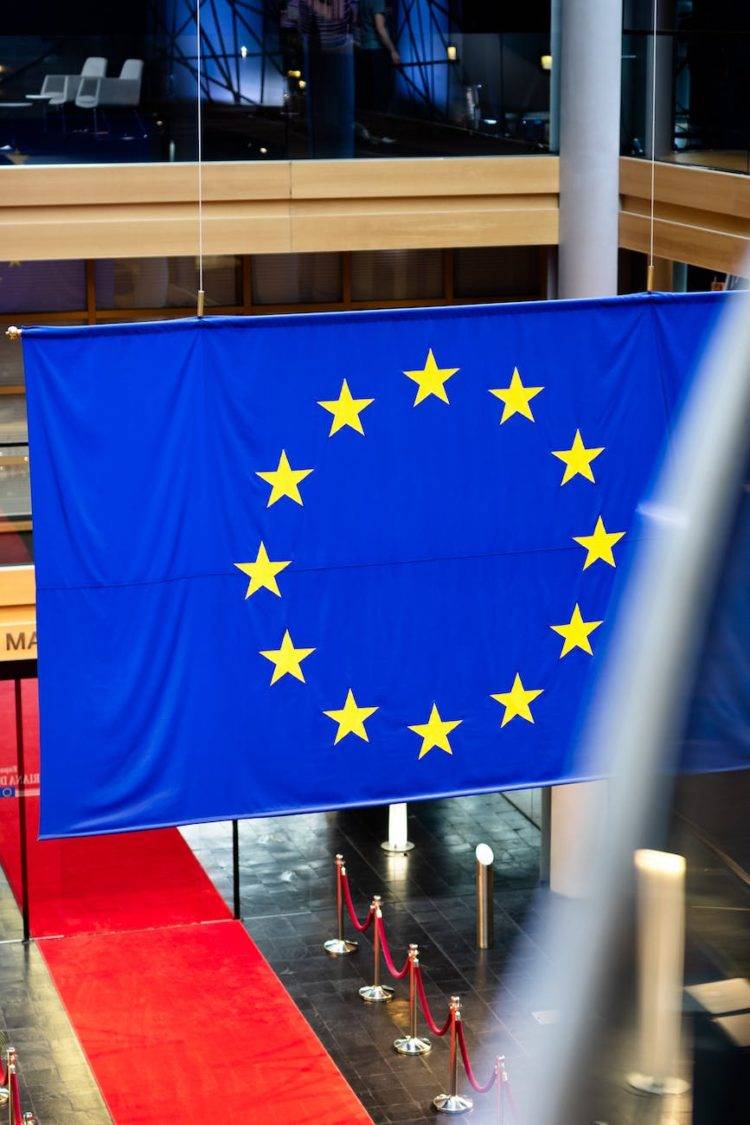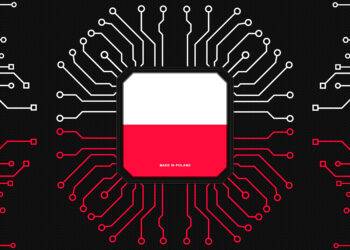The official results for the 2024 European Parliament elections in Poland have been announced, with Koalicja Obywatelska (Civic Coalition) emerging as the victor. This outcome marks a significant moment in Polish politics, reflecting the electorate’s preferences amid a competitive political landscape.
Koalicja Obywatelska secured 37.06% of the vote, narrowly surpassing Prawo i Sprawiedliwość (Law and Justice, PiS), which garnered 36.16%. Konfederacja (Confederation) came in third with 12.08%, followed by Trzecia Droga (Third Way) with 6.91% and Lewica (the Left) with 6.3%. Voter turnout was reported at 40.65%.
Close Race Reflects Political Divisions
The narrow margin between Koalicja Obywatelska and Prawo i Sprawiedliwość highlights the deep political divisions in Poland. Despite the close race, the Civic Coalition managed to maintain a lead, consistent with late poll predictions conducted by Ipsos for TVN24. These polls had placed the Civic Coalition slightly ahead with 37.4% compared to PiS’s 35.9%. Konfederacja’s results also closely matched the late polls, which had estimated their support at 12%.
The first exit poll, however, had indicated a more decisive victory for Koalicja Obywatelska, predicting 38.2% of the vote compared to 33.9% for PiS. Additionally, the exit poll had shown higher support for Trzecia Droga at 8.2%. These variations between polls and official results illustrate the dynamic nature of voter behavior and the challenges in predicting electoral outcomes.
Regional Results and Mandate Distribution
The official results also revealed the distribution of mandates across Poland’s electoral regions. In the Pomorskie region, Koalicja Obywatelska dominated with 51.06% of the vote, while PiS obtained 28.07%. Konfederacja, Trzecia Droga, and Lewica followed with 9.37%, 5.40%, and 4.65%, respectively. Notable elected representatives from this region include Magdalena Adamowicz and Janusz Lewandowski from Koalicja Obywatelska, and Waldemar Buda from PiS.
In Kujawsko-Pomorskie, the Civic Coalition led with 44.38%, followed by PiS at 31.30%. Konfederacja, Trzecia Droga, and Lewica received 10.24%, 7.98%, and 4.71%, respectively. Representatives from this region include Krzysztof Brejza (KO) and Kosma Złotowski (PiS).
The Warmińsko-Mazursko-Podlaski region saw Koalicja Obywatelska narrowly leading with 37.36%, followed closely by PiS at 36.75%. Konfederacja secured 12.71%, Trzecia Droga 7.87%, and Lewica 3.6%. Mandates from this region include Jacek Protas (KO) and Maciej Wąsik (PiS).
In Warsaw and its surrounding areas, the Civic Coalition received 44.46% of the vote, while PiS obtained 24.82%. Konfederacja, Lewica, and Trzecia Droga followed with 11.96%, 10.41%, and 7.06%, respectively. Elected representatives include Marcin Kierwiński, Kamila Gasiuk-Pihowicz, and Michał Szczerba from Koalicja Obywatelska, Małgorzata Gosiewska and Tobiasz Bocheński from PiS, Ewa Zajączkowska-Hernik from Konfederacja, Michał Kobosko from Trzecia Droga, and Robert Biedroń from Lewica.
In the Mazowsze region excluding Warsaw, PiS led with 49.17% of the vote, with Koalicja Obywatelska obtaining 23.81%. Konfederacja, Trzecia Droga, and Lewica received 12.94%, 9.10%, and 3.25%, respectively. Mandates were awarded to Andrzej Halicki (KO), Adam Bielan (PiS), and Jacek Ozdoba (PiS).
Key Insights from Regional Results
In Łódzkie, PiS led with 38.6%, followed by Koalicja Obywatelska at 33.29%. Konfederacja, Lewica, and Trzecia Droga received 10.96%, 9.93%, and 5.91%, respectively. Dariusz Joński (KO) and Waldemar Buda (PiS) secured mandates.
In Wielkopolskie, Koalicja Obywatelska won with 38.85%, followed by PiS at 28.92%. Konfederacja, Trzecia Droga, and Lewica received 13.18%, 9.24%, and 8.06%, respectively. Representatives include Ewa Kopacz and Michał Wawrykiewicz from KO, Marlena Maląg from PiS, Anna Bryłka from Konfederacja, Krzysztof Hetman from Trzecia Droga, and Joanna Scheuring-Wielgus from Lewica.
In Lubelskie, PiS led with 47.16%, followed by Koalicja Obywatelska at 26%, Konfederacja at 15.11%, and Trzecia Droga at 6.95%. Representatives include Marta Wcisło (KO) and Mariusz Kamiński (PiS).
In Podkarpackie, PiS achieved a decisive victory with 52.87%, followed by Koalicja Obywatelska at 23.73% and Konfederacja at 15.23%. Representatives include Daniel Obajtek and Bogdan Rzońca from PiS, Elżbieta Łukacijewska from KO, and Tomasz Buczek from Konfederacja.
Implications and Historical Context
This election marks a continuation of the political rivalry between Koalicja Obywatelska and Prawo i Sprawiedliwość, two of Poland’s most influential political forces. The results will have significant implications for Poland’s representation in the European Parliament and its stance on key EU policies.
The European Parliament elections are held every five years, allowing citizens of the EU member states to elect their representatives. These elections are a cornerstone of the EU’s democratic process, providing a platform for citizens to influence the direction of European policies and legislation.
The 2024 European Parliament elections in Poland have underscored the dynamic and competitive nature of Polish politics. With Koalicja Obywatelska securing a narrow victory, the political landscape remains closely contested, reflecting the electorate’s diverse perspectives and priorities.


















